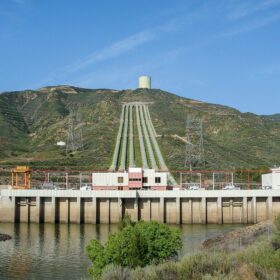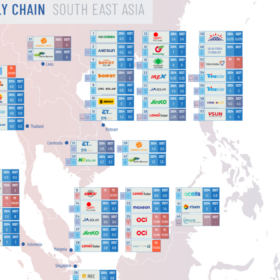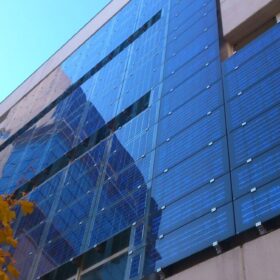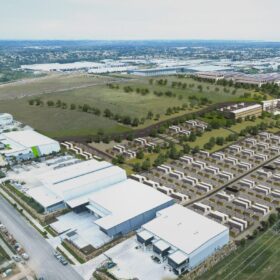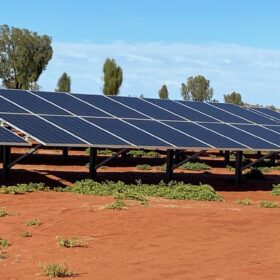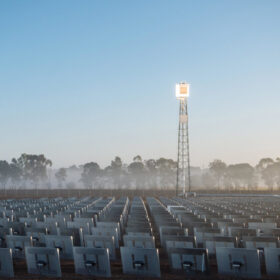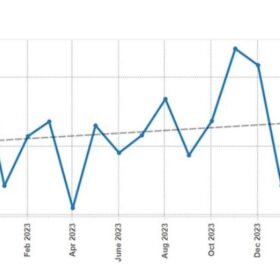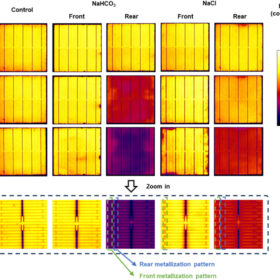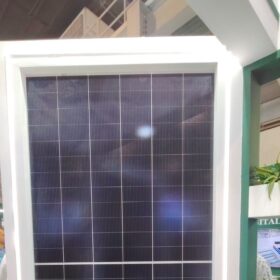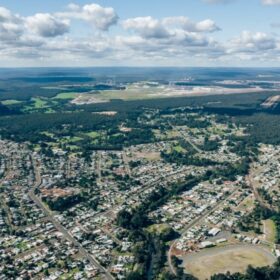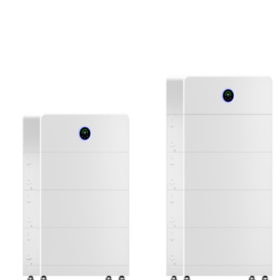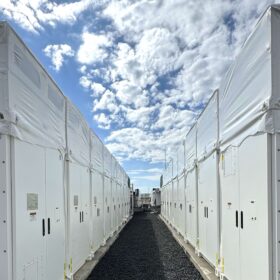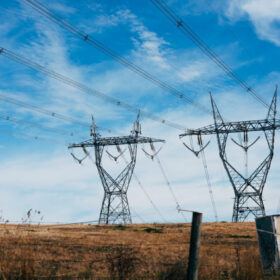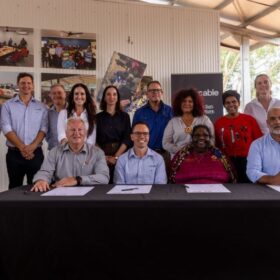Energy storage is a solved problem
There are thousands of extraordinarily good pumped hydro energy storage sites around the world with extraordinarily low capital cost. When coupled with batteries, the resulting hybrid system has large energy storage, low cost for both energy and power, and rapid response. Storage is a solved problem.
Sinovoltaics tracks 78.8 GW solar module capacity in Southeast Asia
The latest supply chain map from Sinovoltaics tracks growth across Southeast Asia, with module capacity reaching 78.8 GW, and 58 production projects tracked.
Building-integrated PV system integrates PCM on sides
Scientists have designed a new building-integrated PV system that uses 30 mm of phase change material on each side of the wall. The array reportedly achieved superior thermoelectric coupling performance compared to reference BIPV systems without PCM.
Stanwell adds 650 MW combined capacity to growing energy storage portfolio
Queensland state-owned generation company Stanwell has boosted its energy storage portfolio with two new developments with a combined capacity of almost 650 MW entering its project pipeline.
Allied Green taps AFRY to engineer solar and battery storage plant
Allied Green Ammonia has awarded Swedish outfit Afry the owner’s engineering assignment for the renewable power plant that is to support its large-scale green hydrogen to ammonia production project being developed in the Northern Territory.
Contracts awarded for concentrated solar-powered green methanol plant
Australian concentrated solar thermal energy specialist Vast Renewables has announced key contracts for its proposed Solar Methanol 1 green fuels project being developed in South Australia.
Rooftop solar install rates dip below straight-line average
Australia’s rooftop solar installation rate has continued to cool for a second consecutive month with national market volumes in September down about 3% on August when 273 MW was installed.
New research shows vulnerability of TOPCon solar cells to contact corrosion
Researchers at the University of New South Wales claim to have identified new TOPCon contact degradation mechanisms that are significantly influenced by the combination of ions and aluminum-silver paste compositions. The primary degradation mechanism was a significant increase in series resistance.
Reliance introduces bifacial heterojunction solar modules
The India-based module producer said its new panels have a power conversion efficiency of up to 23.1% and a temperature coefficient of -0.24% per C.
Gigafactory developer eyes place in Collie’s coal to clean energy jobs transition
West Australian gigafactory developer Auzvolt has applied for a stake in the $200 million Collie Industrial Transition Fund, which seeks to help the town’s workforce move from coal dependent employment into clean energy jobs.
